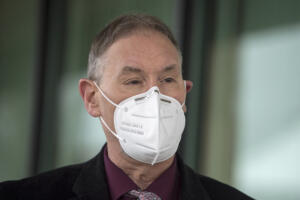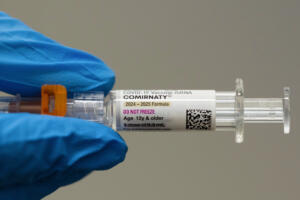Washington Gov. Jay Inslee announced today intends to lift the state’s indoor mask mandate on Monday, March 21.
“We are … experiencing a significant decline in cases in the state that will allow us, in the upcoming weeks, to take further steps forward in regaining a more normal life in the state of Washington,” Inslee said during a remote press conference on Thursday, Feb. 17.
Inslee said state leaders had arrived at the March 21 date for lifting mask mandates in most indoor spaces, including retail shops and schools but excluding many health care and correctional facilities as well as public transportation, which is still covered by a federal mask mandate to help lower COVID transmissions on buses, planes, subways and trains.
“We know this has been a long, long journey. And we know there are people who would want to say it’s totally over today,” Inslee said of the COVID pandemic, which is still considered to be at high levels of transmission in most areas of the state. “But that is not consistent with where the science is today. It’s not safe to (lift the mask mandate) today.”
The governor said he is confident Washington will be able to remove the mask mandate on March 21, and be able to keep transmission rates low enough to avoid straining the state’s hospital systems.





